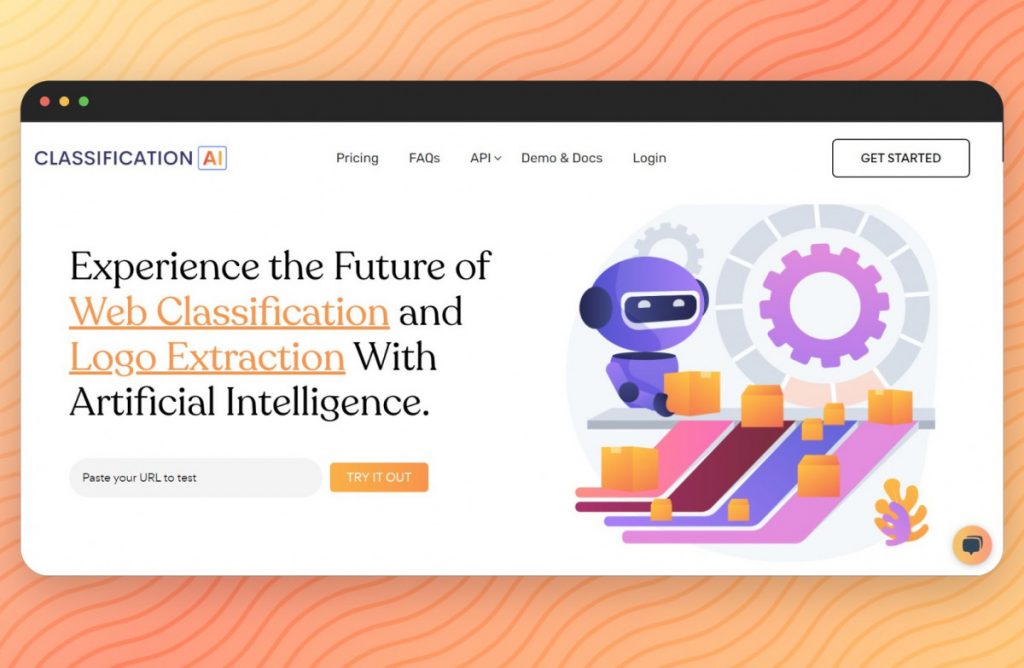Categorization API is a powerful tool that provides developers with the ability to automatically categorize text-based content. In this article, we will provide a quick guide for developers on what a Categorizations API is, how it can be used, and the benefits it offers. Whether you are a developer looking to enhance your application’s content organization or a business owner wanting to automate text categorization, this guide will provide you with the necessary information.
What is a Categorization API?

A Categorization API is an application programming interface that allows developers to automatically classify text-based content into predefined categories. It leverages advanced machine learning algorithms to analyze the text and assign it to relevant categories such as news, sports, entertainment, technology, and more.
Traditionally, categorizing text content required manual effort, with human reviewers reading and analyzing each piece of text. However, with the Categorizations API, this process can be automated, saving time and resources.
How does it work?
The Categorization API works by processing the text content using natural language processing techniques. It analyzes the words, phrases, and context to determine the most appropriate category for each piece of text.
To use the Categorizations API, developers need to send an HTTP request to the API endpoint, along with the text they want to categorize. The API will then process the text and return a response containing the assigned category.
Integrating the Categorization API into your application
Integrating the Categorization API into your application is a straightforward process. Here’s a quick guide to get you started:
- Sign up for an API key: Before you can start using the Categorization API, you need to sign up for an API key. This key will authenticate your requests and ensure that only authorized users can access the API.
- Install the API client library: To make API requests easier, it is recommended to install the API client library for your programming language of choice. The client library provides a set of functions and methods that abstract the underlying HTTP requests, making it easier to interact with the API.
- Import the API client library: Once you have installed the client library, import it into your application using the appropriate import statement.
- Initialize the API client: Before making requests to the Categorization API, you need to initialize the API client with your API key. This step ensures that all requests made by your application are authenticated.
- Send text for categorization: To categorize text, you need to send the text to the Categorization API using the appropriate method or function provided by the client library. The API will process the text and return a response containing the assigned category.
- Process the API response: Once you receive the API response, you can process the assigned category according to your application’s requirements. You can use this information to organize content, filter data, or perform any other relevant actions.
Benefits of using a Categorization API
Using a Categorization API offers several benefits, including:
- Time and cost savings: Manual text categorization can be a time-consuming and expensive process. By automating this task with the Categorization API, you can save valuable time and resources.
- Improved content organization: The Categorization API allows you to automatically categorize text content into predefined categories. This enables you to organize and structure your content more efficiently, making it easier for users to find relevant information.
- Enhanced search functionality: By categorizing text content, you can improve the search functionality of your application. Users can easily filter and search for specific categories, making it easier to discover relevant content.
- Personalization: The Categorizations API can be used to personalize user experiences by categorizing content based on user preferences. This allows you to provide tailored recommendations and suggestions to individual users, enhancing their engagement and satisfaction.
- Scalability: The Categorizations API is designed to handle a large number of requests simultaneously, making it suitable for applications with high traffic or demanding workloads. It can scale seamlessly to accommodate increased usage without compromising performance.
To make use of it, you must first:

- Go to Categorization API and simply click on the button “GET STARTED” to start using the API.
- After signing up in Classification.ai, you’ll be given your personal API key. Using this one-of-a-kind combination of numbers and letters, you’ll be able to use, connect, and manage APIs!
- Employ the different API endpoints depending on what you are looking for.
- Once you meet your needed endpoint, make the API call by pressing the button “Run” and see the results on your screen.
Conclusion
The Categorization API is a valuable tool for developers looking to automate text categorization in their applications. By leveraging advanced machine learning algorithms, it offers benefits such as time and cost savings, improved content organization, enhanced search functionality, personalization, and scalability. Integrating the Categorization API into your application is a simple process, and it can provide significant value by automating the categorization of text-based content.
If you are a developer looking to enhance your application’s content organization or a business owner wanting to automate text categorization, the Categorization API is a solution worth exploring. Try it out today and experience the power of automated text categorization.
Read More: Vehicle database api driving automotive innovation

